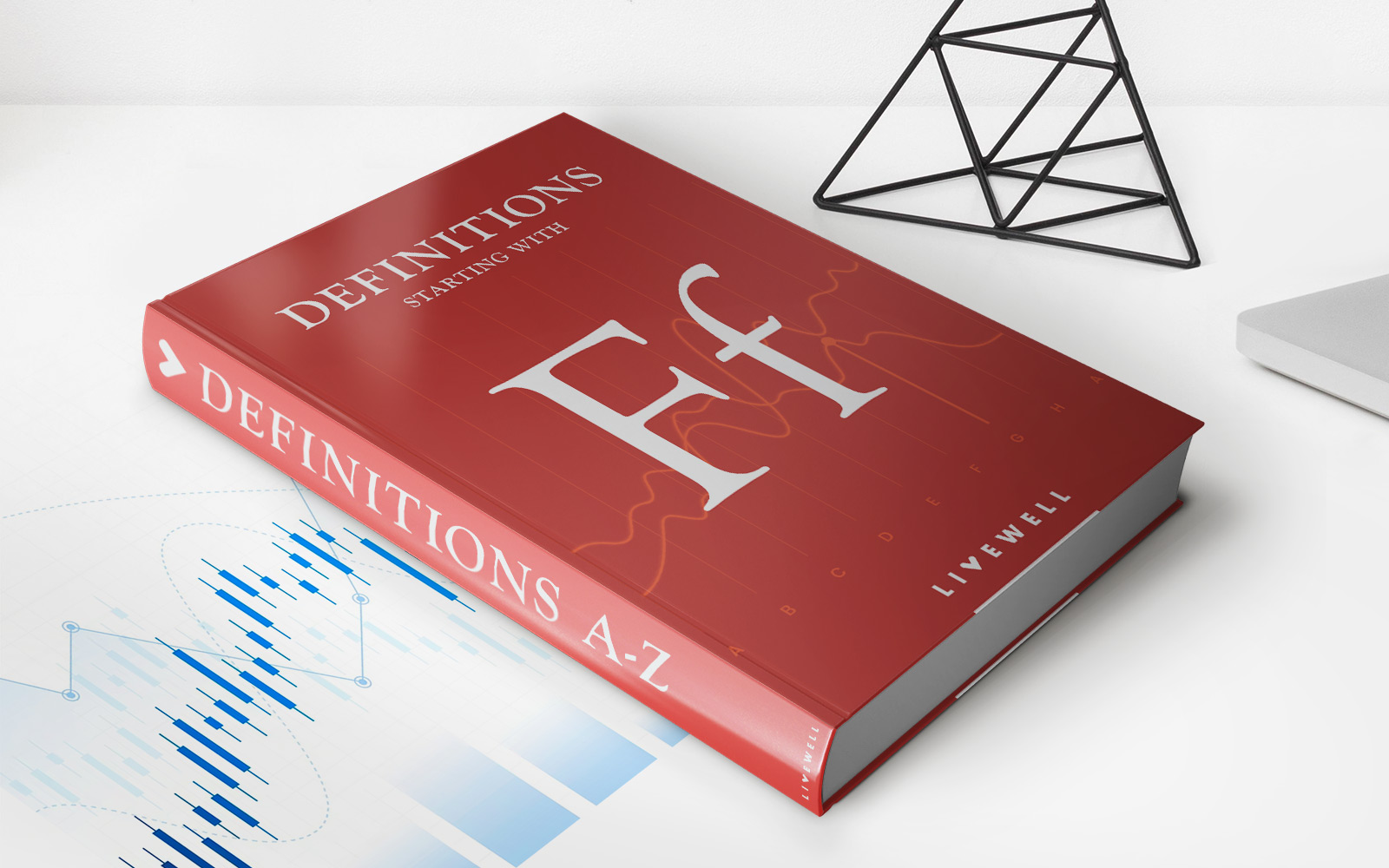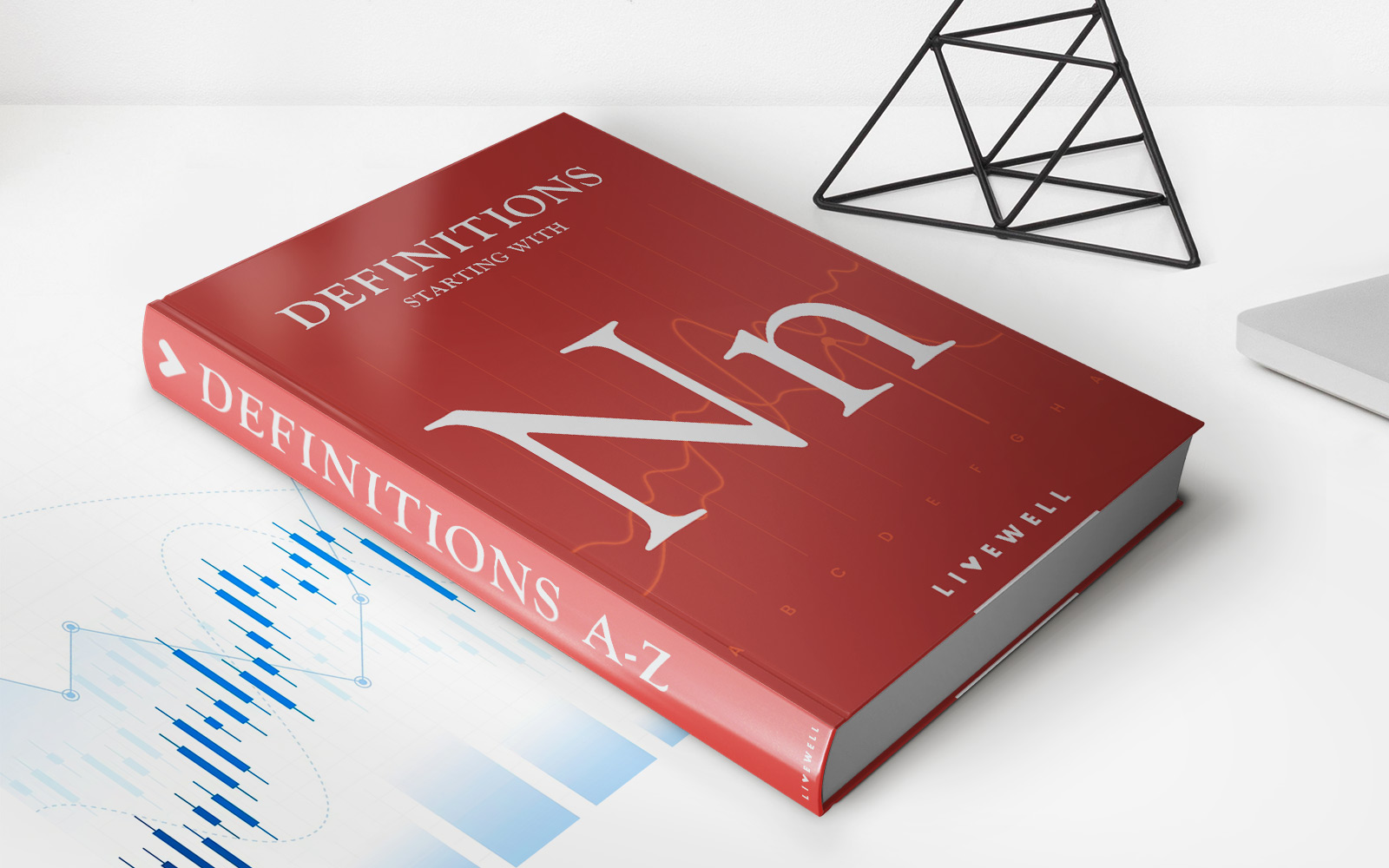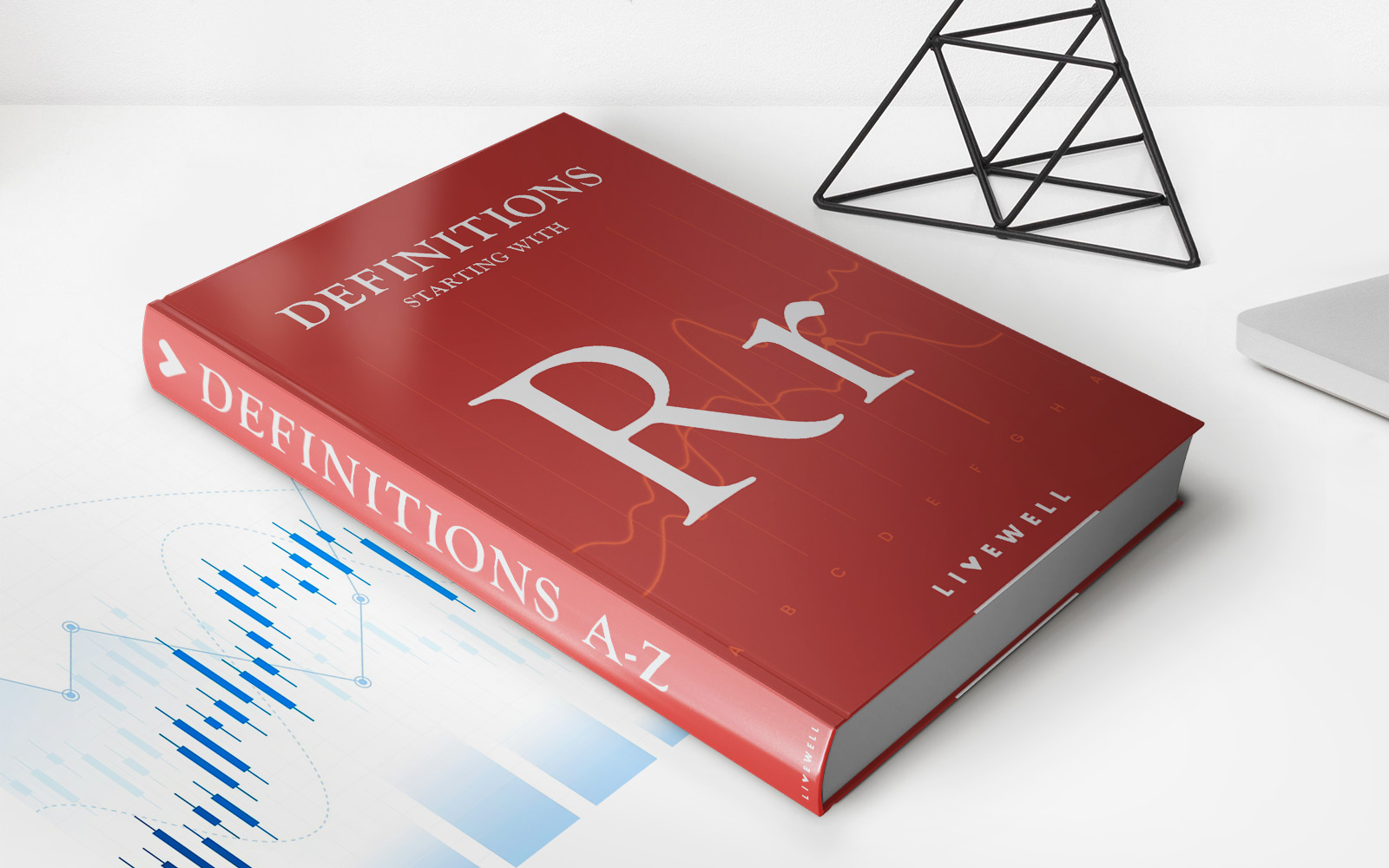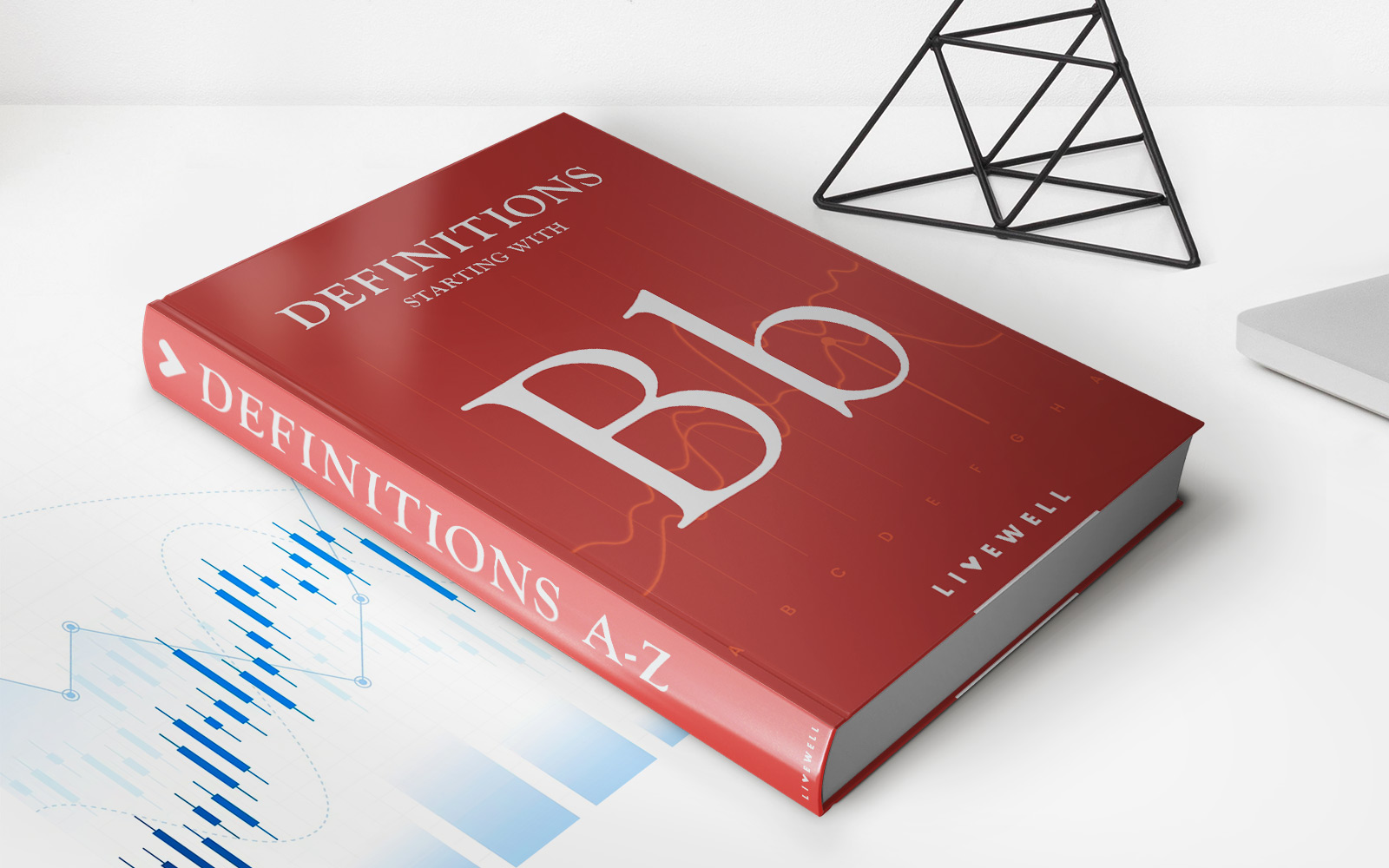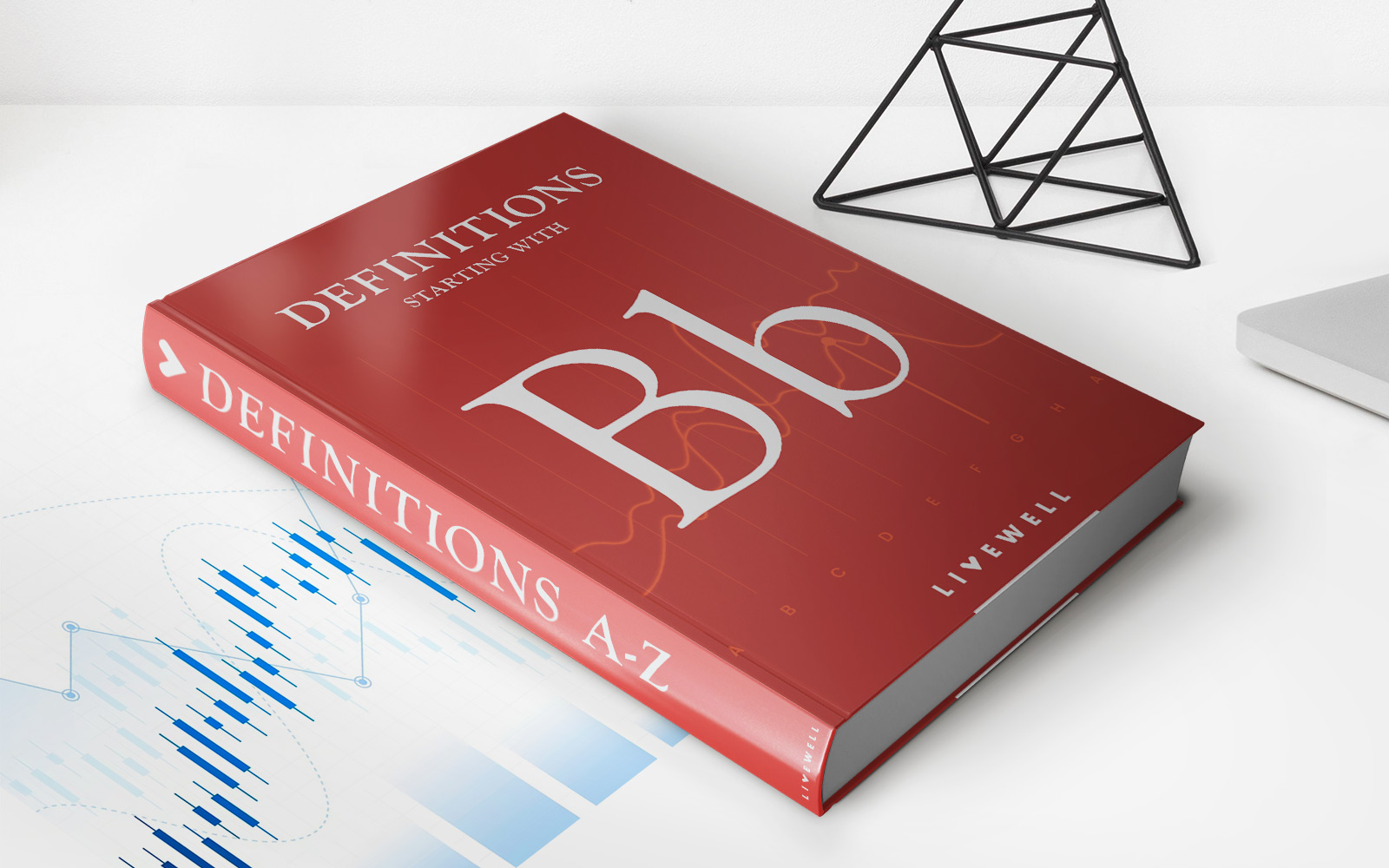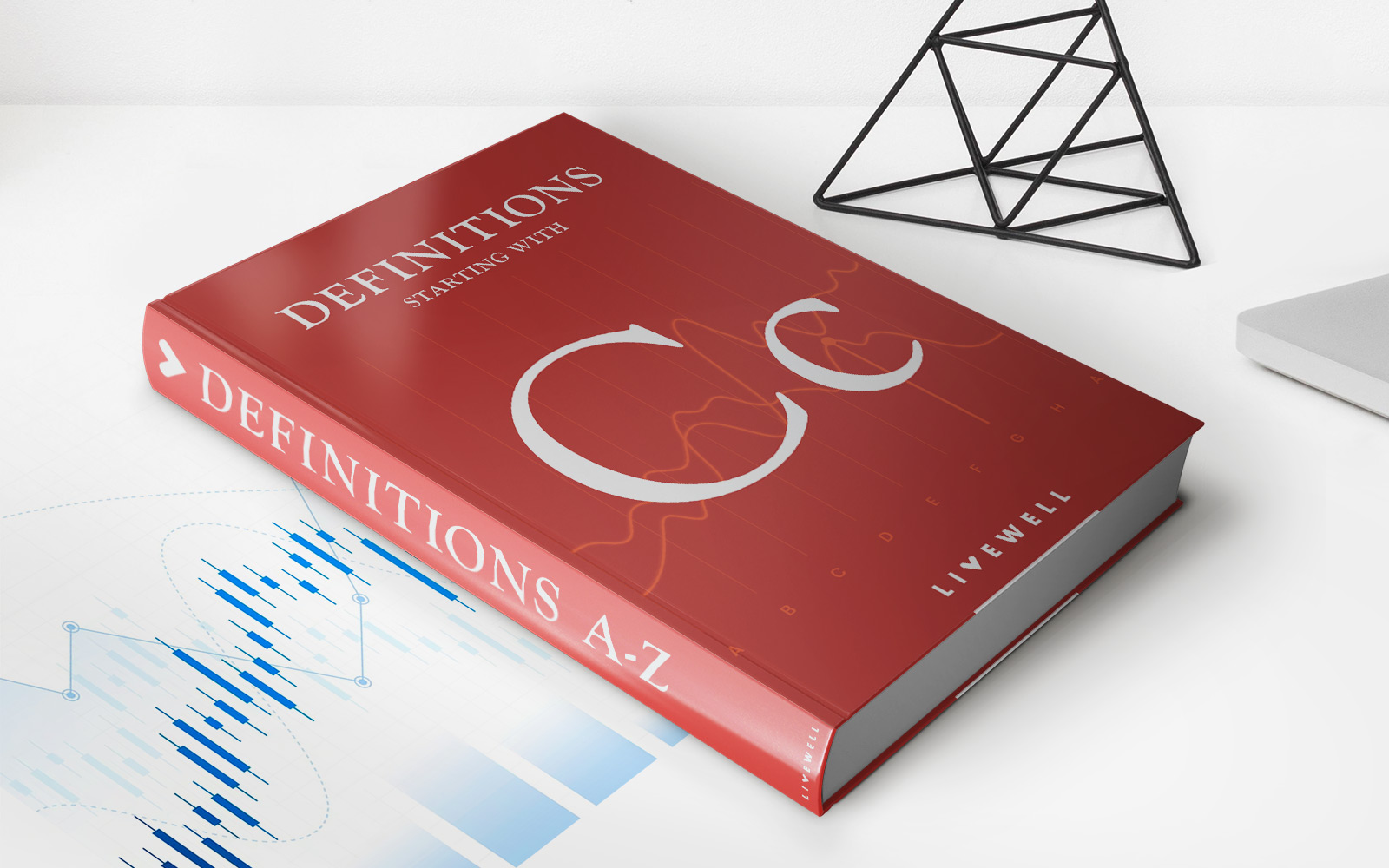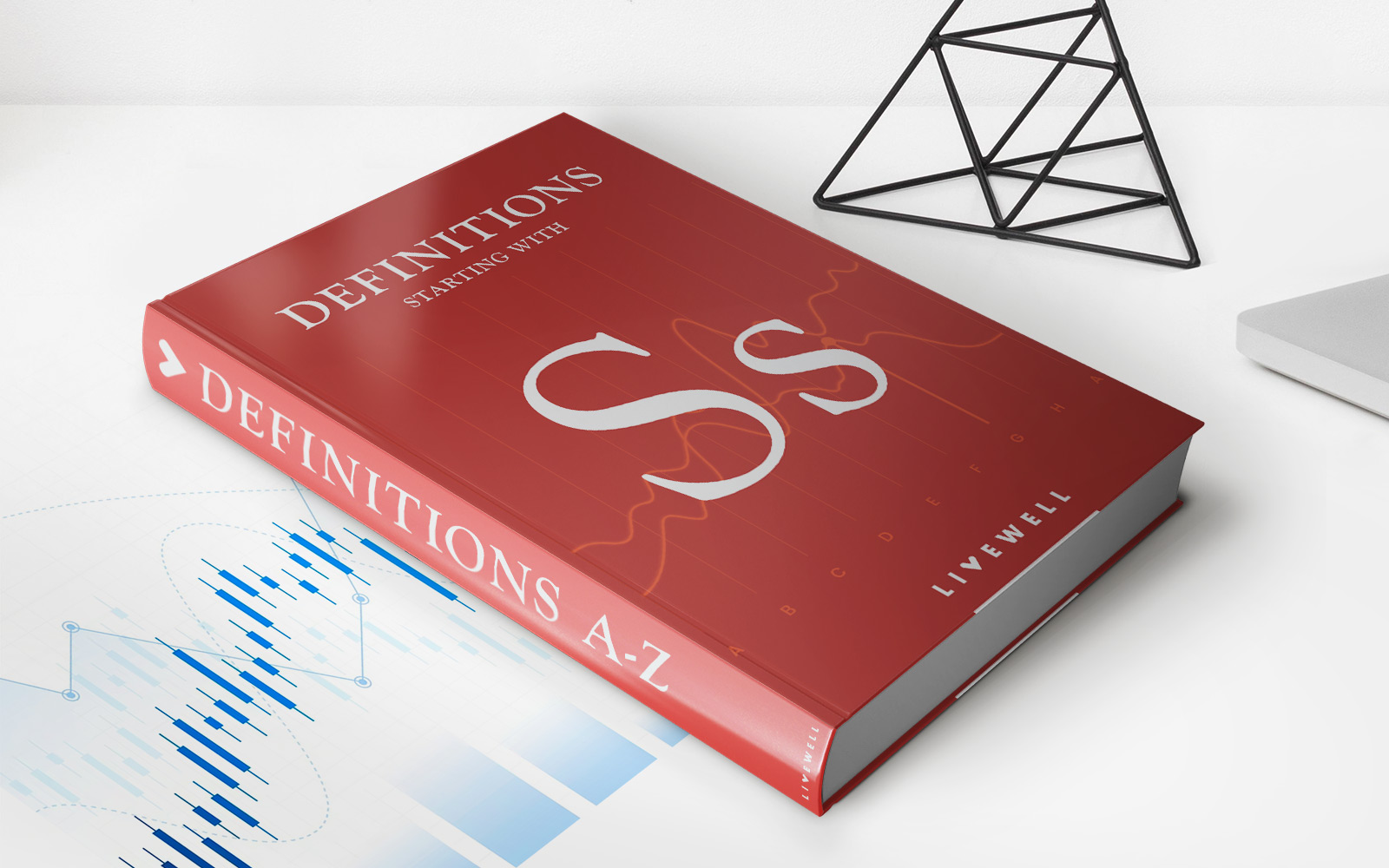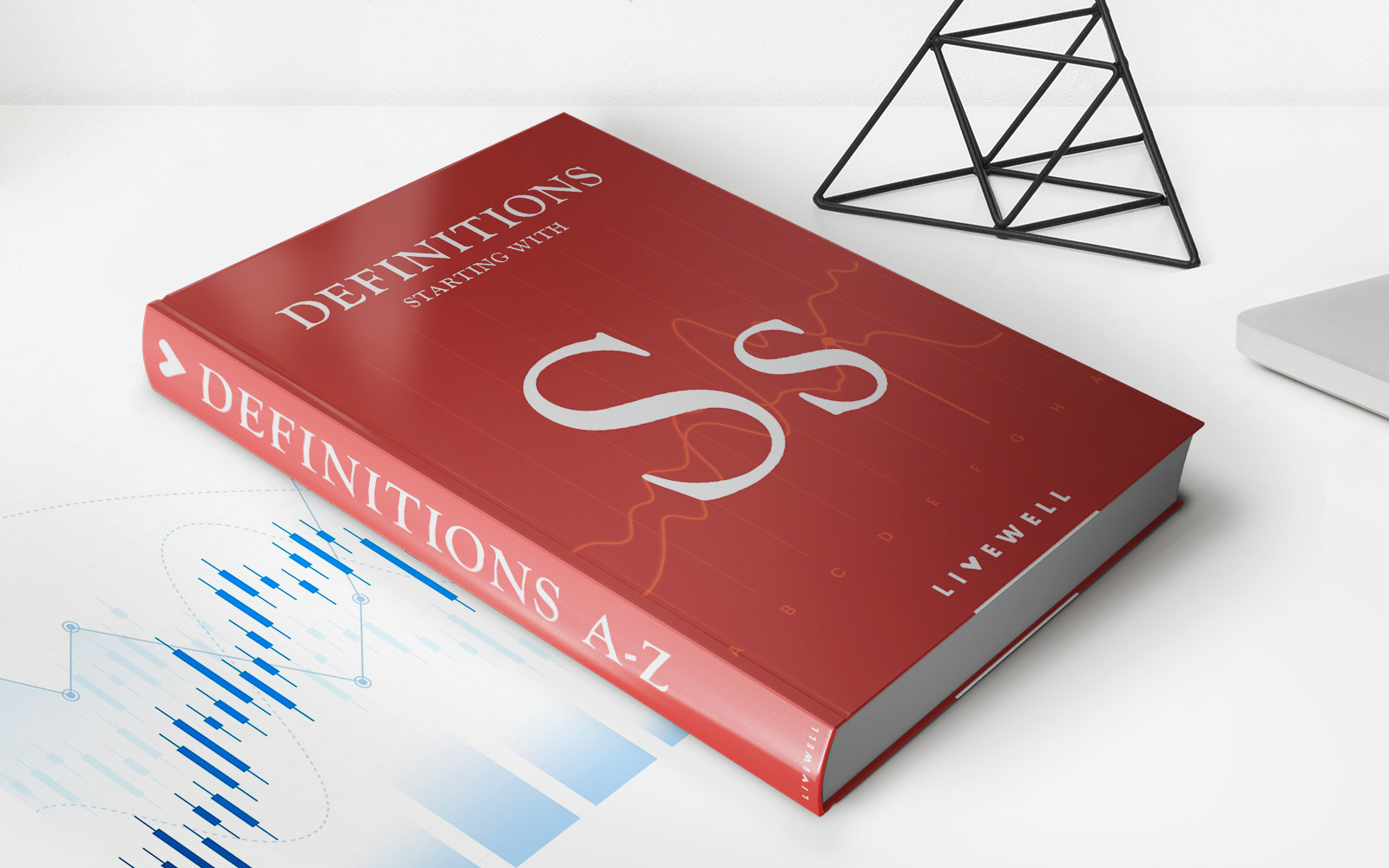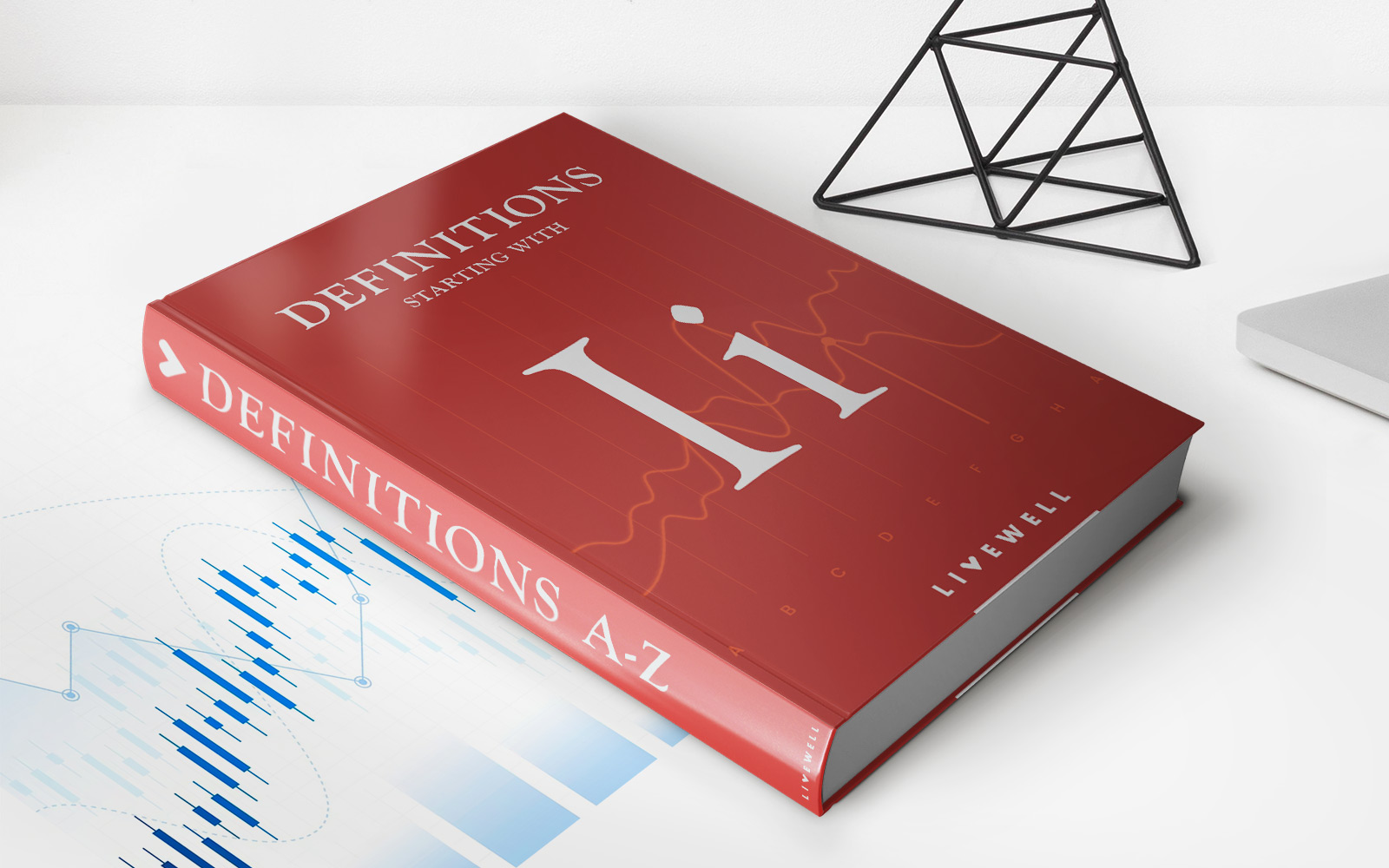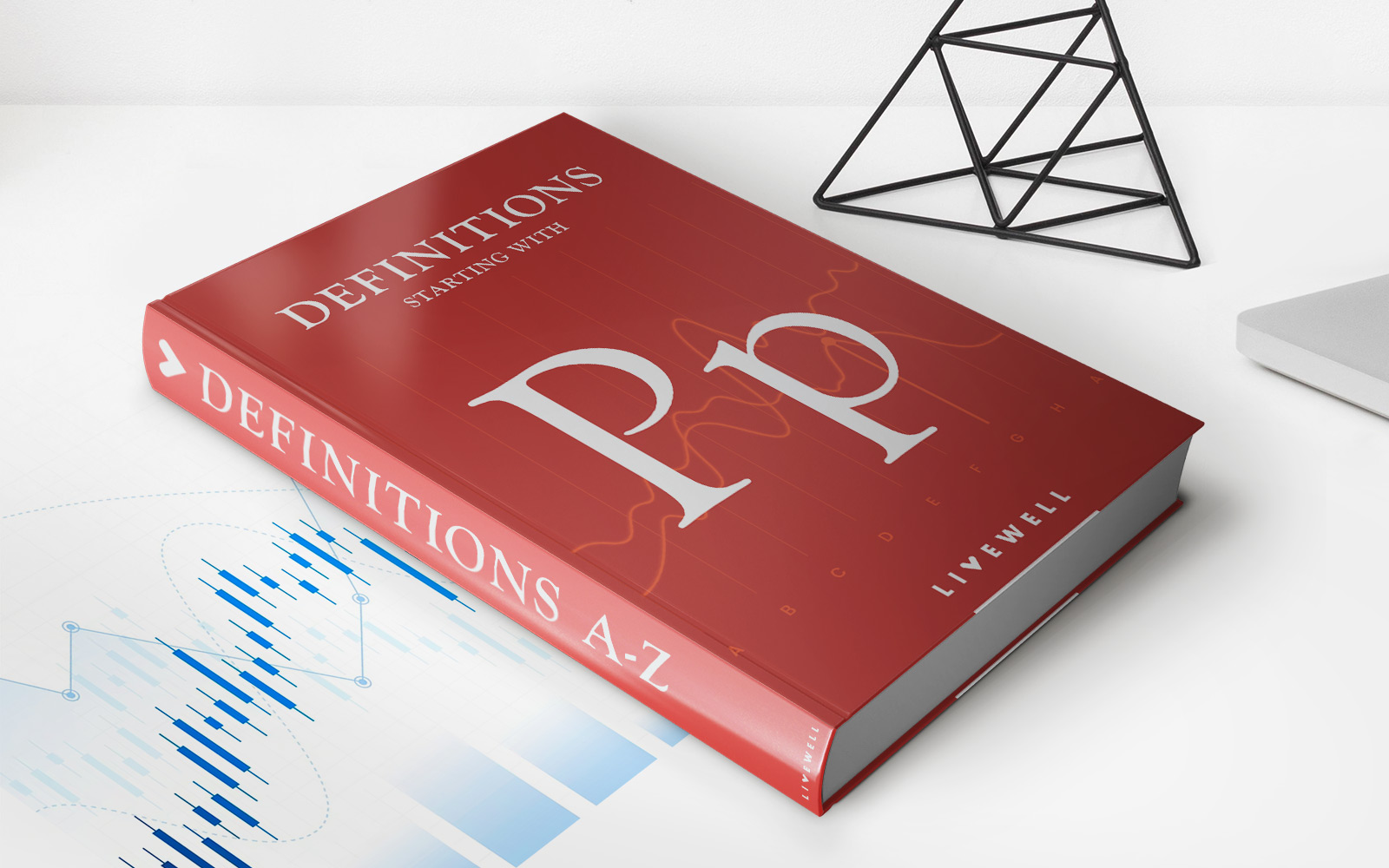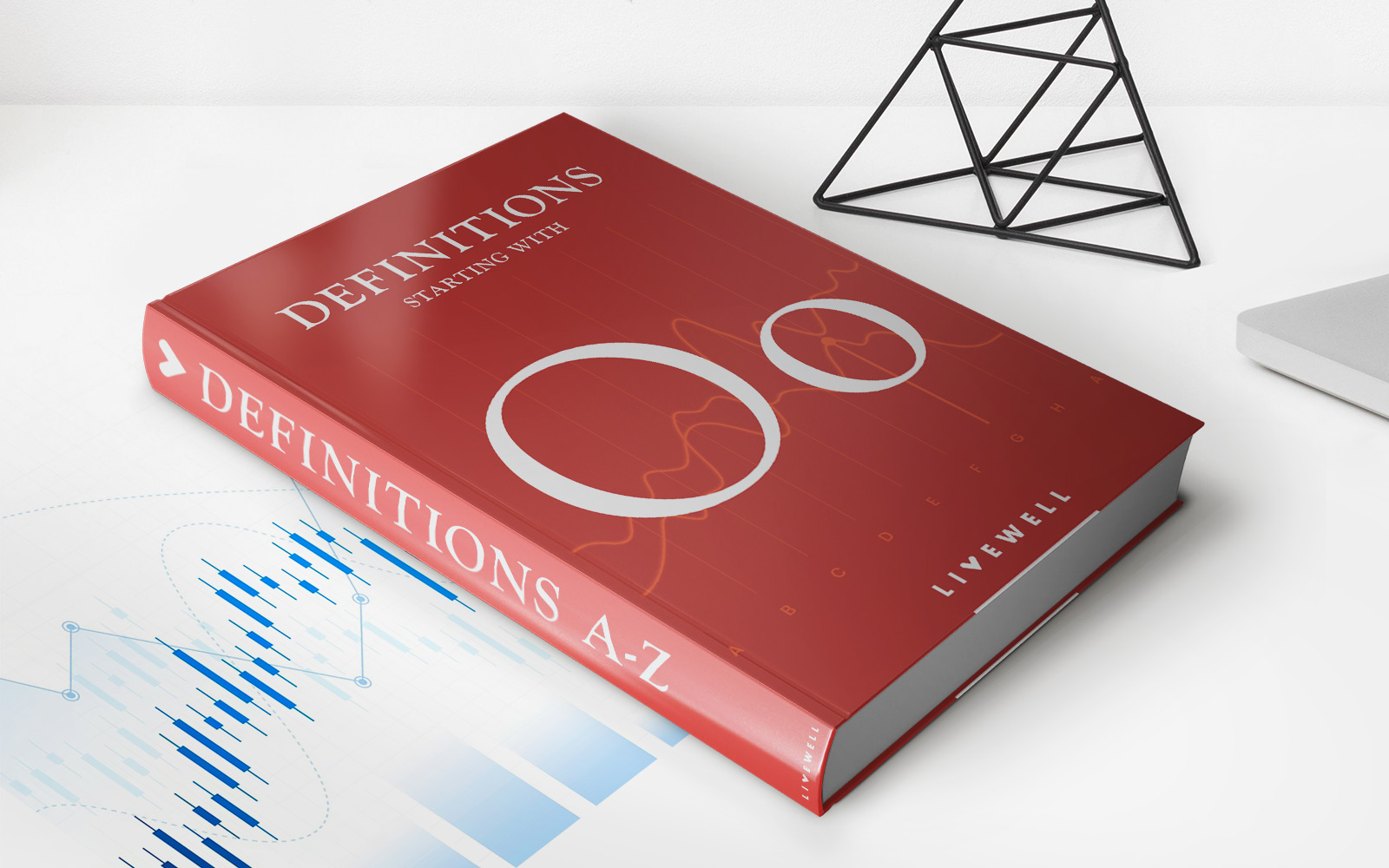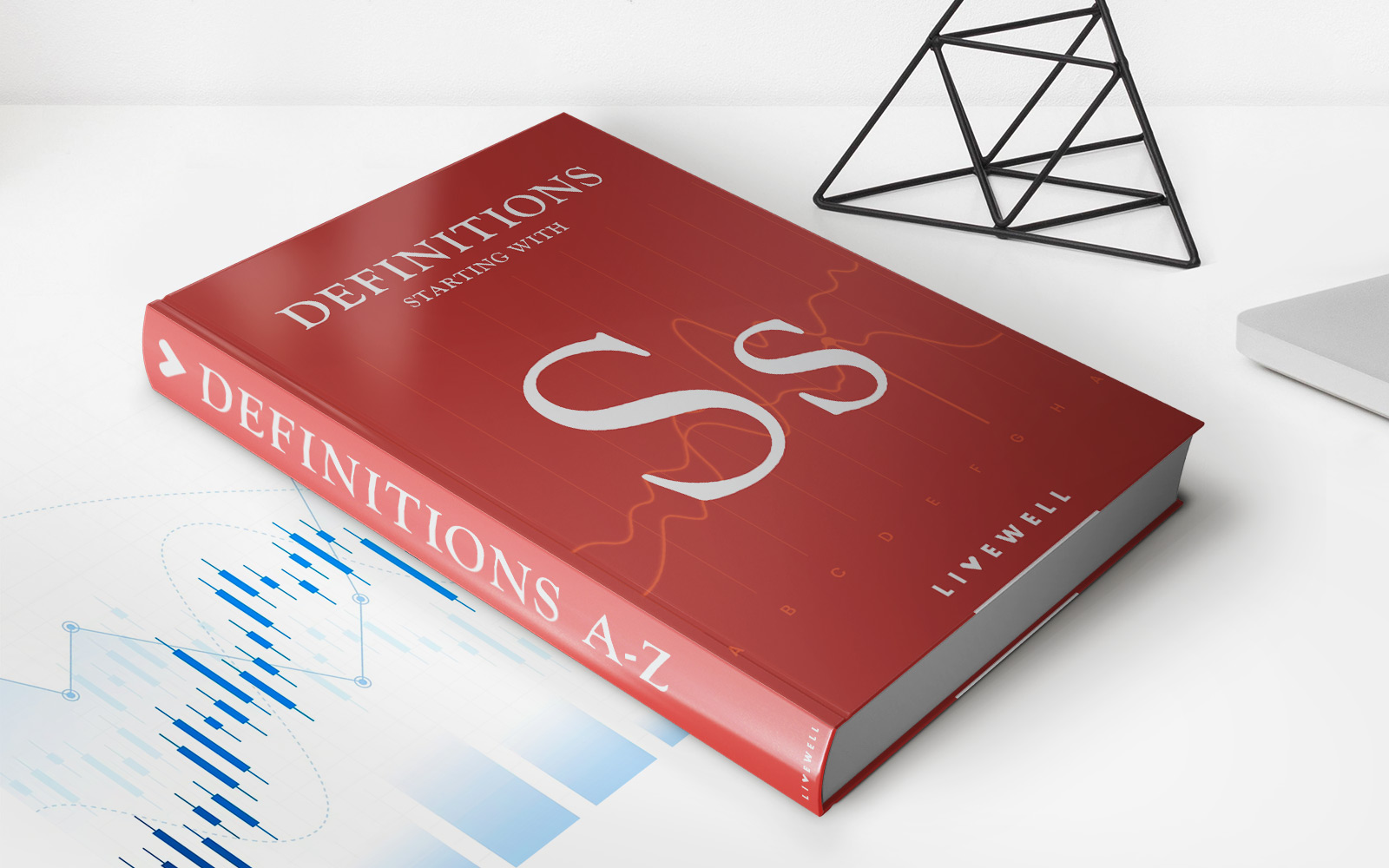Home>Finance>Bank Rate: Definition, How It Works, Types, And Example
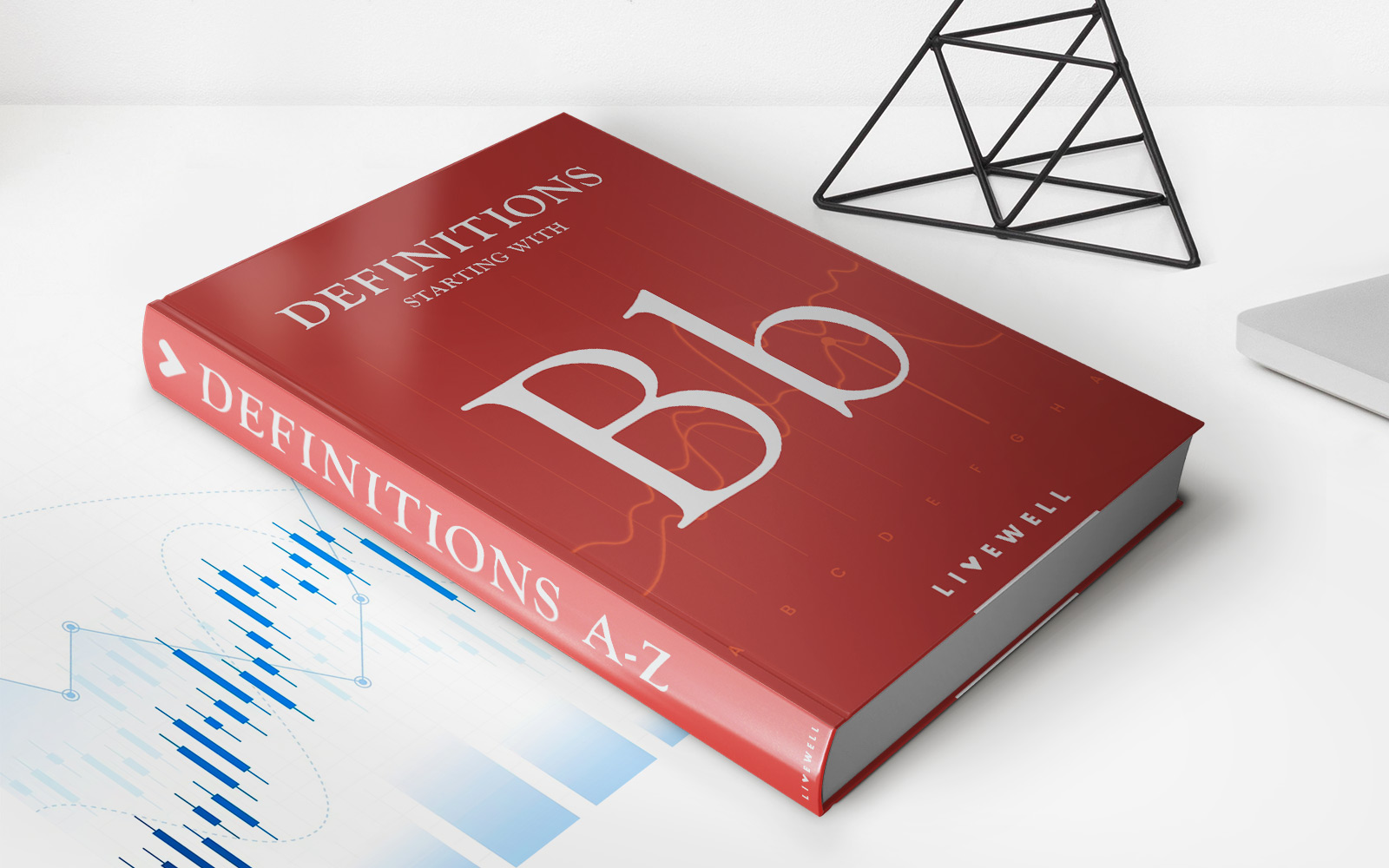

Finance
Bank Rate: Definition, How It Works, Types, And Example
Published: October 13, 2023
Learn all about bank rates in finance, including its definition, how it works, different types, and real-life examples. Get a comprehensive understanding of bank rates in the financial industry.
(Many of the links in this article redirect to a specific reviewed product. Your purchase of these products through affiliate links helps to generate commission for LiveWell, at no extra cost. Learn more)
Bank Rate: Definition, How It Works, Types, and Example
In the world of finance, bank rate plays a crucial role in determining monetary policy and interest rates. If you’re interested in understanding how banks influence the economy and lending rates, this blog post is for you. Here, we will delve into the meaning of bank rate, explore how it works, discuss different types of bank rates, and provide a real-life example to help you grasp its significance.
Key Takeaways:
- Bank rate refers to the interest rate at which a central bank lends money to commercial banks in order to regulate economic activity.
- Bank rate influences the overall interest rates in an economy, affecting borrowing costs, investments, and inflation.
Defining Bank Rate and Its Purpose
Bank rate, also known as the discount rate or policy rate, is the interest rate that central banks charge commercial banks for borrowing funds. Central banks use this rate as a tool to manage monetary policy and control inflation levels. By adjusting the bank rate, central banks can influence lending rates, borrowing costs, and overall economic activity.
How Bank Rate Works
When a central bank increases the bank rate, it becomes more expensive for commercial banks to borrow money from the central bank. In turn, this leads to higher borrowing costs for businesses and individuals. The higher interest rates discourage borrowing, which can help slow down inflationary pressures, curb excessive spending, and stabilize the economy.
Conversely, when a central bank lowers the bank rate, it becomes cheaper for commercial banks to borrow money. This reduction in borrowing costs translates into lower interest rates for businesses and individuals. The availability of cheaper credit stimulates investment, promotes economic growth, and encourages consumer spending.
Types of Bank Rates
There are different types of bank rates, each serving a specific purpose within the financial system. Here are a few common types:
- Prime Rate: This is the interest rate that commercial banks charge their most creditworthy customers.
- Base Rate: The base rate is the minimum interest rate that commercial banks charge their customers, and it varies across different countries.
- Interbank Lending Rate: This refers to the interest rate at which banks lend to each other, serving as a benchmark for other lending rates.
- Repo Rate: Also known as the repurchase agreement rate, it is the rate at which central banks buy government securities from commercial banks.
An Example Illustrating the Importance of Bank Rate
To understand the impact of bank rate better, let’s consider an example. Imagine a country is experiencing high inflation due to excessive consumer spending. The central bank decides to increase the bank rate to curb inflationary pressures. As a result:
- Borrowing costs for businesses and individuals rise, making it more expensive to take out loans.
- Higher interest rates can discourage borrowing and spending, thereby reducing consumer demand.
- Less consumer spending can help reduce inflation and stabilize prices in the long run.
Conclusion
Bank rates are powerful tools used by central banks to regulate monetary policy and influence economic activity. By adjusting the bank rates, central banks can manage lending rates, borrowing costs, investments, and inflation. It’s crucial for individuals and businesses to understand the impact of bank rate, as it can have significant implications for their financial decisions and the overall health of the economy.
